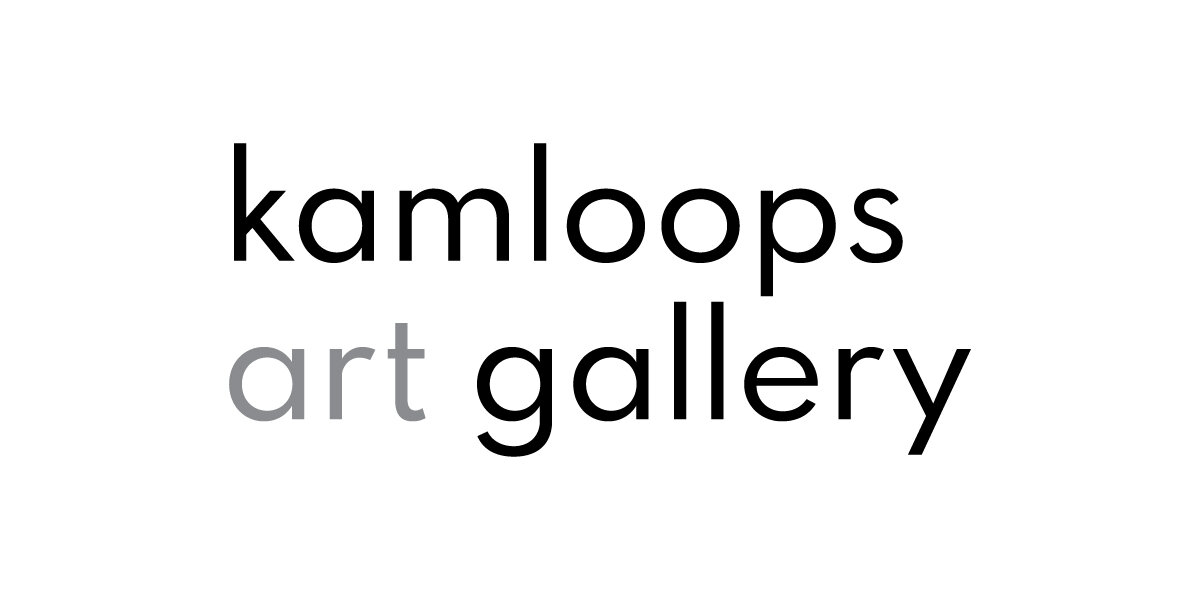Constructed Community
WITNESSING
Constructed Community -Alicia Henry Witnessing
Duration: 1hr
5// Introduction and recap of Gallery
10// Discussion about community
10// Sketching ideas on tiles
20// Drawing and coloring tiles
10// Installing and photographing tiles
5// Clean up and reflection
Description:
Students will work collaboratively to construct a drawn community, each student contributing their own cardboard/ paper? tile to the piece. The students will work together to imagine what their constructed community looks like and includes. Then each student will work individually, drawing their contribution to the community with a variety of drawing materials on a cardboard tile/ piece of paper. The tiles will then be assembled in an installation and photographed, before being disassembled and each student takes their tile home.
Creation & Analysis:
In the Gallery today we talked about community, can anyone remember what we talked about and how we defined it?
***pull relevant parts from Tour Script
Remember how we talked about how your class is a kind of community? Well, in the studio today we are going to imagine what it would look like if we got to design the physical features of that community!
After we talk about what our community looks like, we are each going to draw a portion of it on a tile, then we are going to piece these tiles together to see how they all come together and what it forms.
Step 1: Brainstorm
Have students discuss what their community could look like and what they feel is important to include and why.
Would it have: Green spaces? Parks? Playgrounds? Buildings?
How would they navigate these spaces: Paths? Roads? Spaceships?
What is important to you as a community? Maybe you want lots of communal spaces or for everyone to have a home?
Step 2: Sketching
Now that we’ve discussed together what aspects are important to our community and why, we are each going to illustrate part of it.
I want you each to choose an element of the community we touched on in our discussion that you feel is important, and make a drawing about it!
Ex. If you think it’s really important that our community has lots of nature, you could draw a park with trees and animals!
Or if you like bike riding and want the community to have lots of fun bike paths you could draw those and yourself biking on them!
Maybe you love swimming and you want to draw a big public pool with you and all your friends playing in it!
Once you have decided on what you are going to draw I want you to make a light sketch in pencil. Remember we are going to do this with soft light lines, because later on this sketch is going to be erased.
Press lightly and sketch in where you want the elements of your drawing to go and start adding some details, but remember this is just an under drawing.
Step 3: Drawing
Once you have finished your rough sketch, I want us all to choose at least 2,3? different drawing materials.
There are fine tip markers, pencil crayons, pastels?
What can we observe about the differences in the marks these materials make? How might we utilize these different qualities in our drawing?
Example: The Black fine tip sharpies create thin, dark, solid lines that don’t vary much with pressure.
How can we change the marks we are making with the same material?
Example: If we press lightly with the pencil crayon the colour is much lighter and the line is softer than when we apply a lot of pressure.
Allow students time to complete their drawings and circulate the room answering any questions and prompting conversation.
Step 4: Assembly
Once all the students have finished drawing their tile, have them come together again and decide how to arrange them ( do this on the atrium floor? Or somehow on the wall?)
Take a photograph of the whole community. If there is time remaining, have students talk about their tile as they come to collect it from the installation.
Step 5: Clean up
Have students clean up their stations, returning all drawing materials to the appropriate containers.
Prep:
Cut “?” x”?” tiles, one per student
Sharpen all drawing materials and organize for efficient use
Have camera available (phone or the Galleries) to take photo
